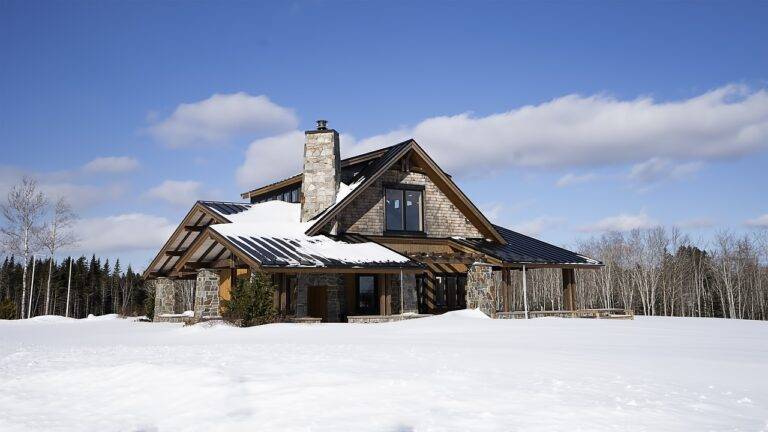Designing a Multifunctional Outdoor Living Space: From Dining to Lounging Areas
When designing a functional layout for your living space, it is essential to consider the flow of traffic and the purpose of each area. Start by determining the focal point of the room, such as a fireplace or a large window, and arrange the furniture around it to create a cohesive look. Keep pathways clear and ensure that there is enough space between furniture pieces for easy movement around the room.
Consider the function of each area within the room and place furniture accordingly. For example, create a cozy reading nook by placing a comfortable armchair next to a bookshelf, or designate a work area by setting up a desk with adequate lighting and storage. By carefully planning the layout based on how you intend to use the space, you can maximize both functionality and visual appeal in your living area.
Choosing Versatile Furniture Pieces
When furnishing a space, selecting versatile furniture pieces is crucial for maximizing both functionality and style. Opt for items that can serve multiple purposes, such as a coffee table with hidden storage or a sofa that transforms into a sleeper. These dual-purpose pieces not only save space but also add convenience to your living area.
Consider furniture that complements various design styles to ensure flexibility in your decor scheme. Neutral-colored pieces with clean lines and classic shapes can seamlessly blend with different aesthetics, allowing you to easily update the look of your space without having to invest in all-new furniture. By choosing versatile furniture pieces, you can create a dynamic and adaptable interior that evolves with your changing needs and preferences.
Integrating Dining and Seating Areas
When combining dining and seating areas within a space, it is essential to ensure a harmonious flow that promotes both comfort and functionality. One approach to achieving this integration is by selecting furniture pieces that serve dual purposes, such as benches that can be used for seating at the dining table and as additional seating for guests in the living area. This seamless blending of furniture allows for a cohesive look while maximizing the utility of the space.
Furthermore, utilizing area rugs can help delineate the dining and seating areas within an open floor plan while adding a touch of style and warmth to the space. Placing a rug underneath the dining table helps anchor the dining area, while a larger rug can define the seating area and create a cozy atmosphere for relaxation and socializing. By strategically using rugs to visually separate these areas, you can effectively integrate both functions without sacrificing the overall aesthetic of the room.





